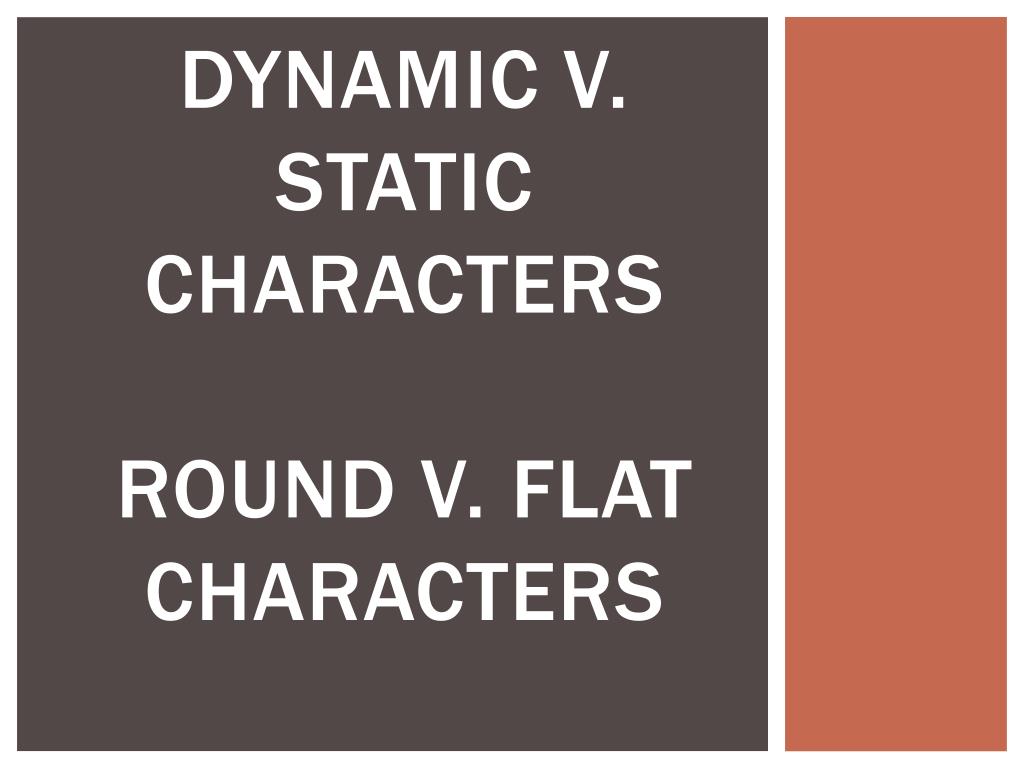
Despite the common assumption, it is important to note that there is nothing inherently “better” about a round character over a flat one - flat characters can be highly effective and entertaining in supporting roles or in plot-driven stories, adding color and assisting the development of the primary characters.

They can be captured by just a few words or by their “type”: mad scientist, evil stepmother, animal sidekick. In contrast, flat characters are those with little complexity or depth of personality. In other words, there is more to them than what exists on the page. These characters feel like real people because their arc, backstory, motivations, goals, and weaknesses have been fully fleshed out in nuanced detail. You’ll often hear readers refer to “round characters” to describe those that seem recognizably real, like they could exist in our world. We identify and empathize with them, and become invested in the outcome of their story.

They possess depth and dimension, and often undergo personal development over the course of a story. In fiction, round characters are lifelike figures with complex, multifaceted personalities. So, what is a round character? Are they, by definition, better-written? In this post, we define the qualities of a round character, illustrated by multiple examples from literature which demonstrate what makes round characters so compelling.

This can make it difficult to tell if a fictional figure is round or not, and why it even makes a difference. But what about characters? Saying they are multi-dimensional or “round" is a compliment frequently paid to characters, but there is often some confusion to what the term “round” really means.


 0 kommentar(er)
0 kommentar(er)
